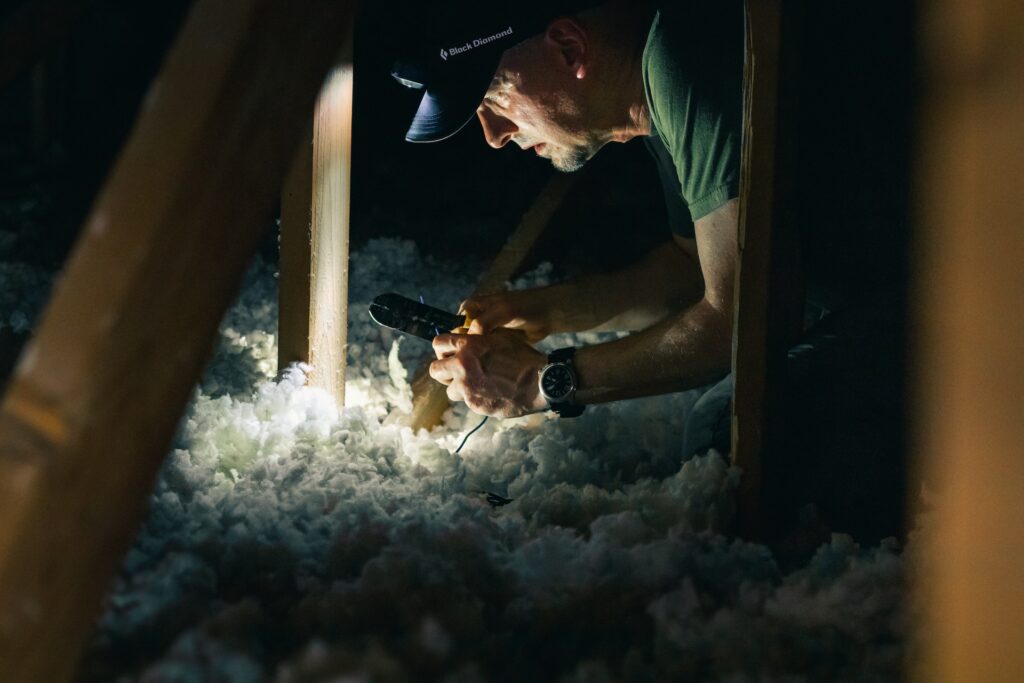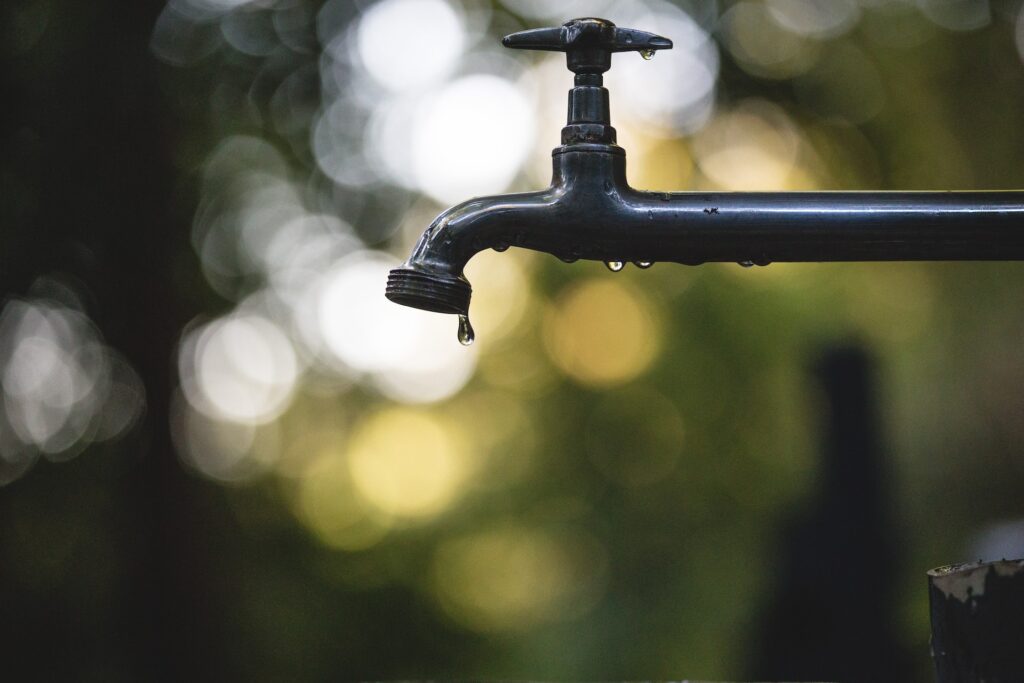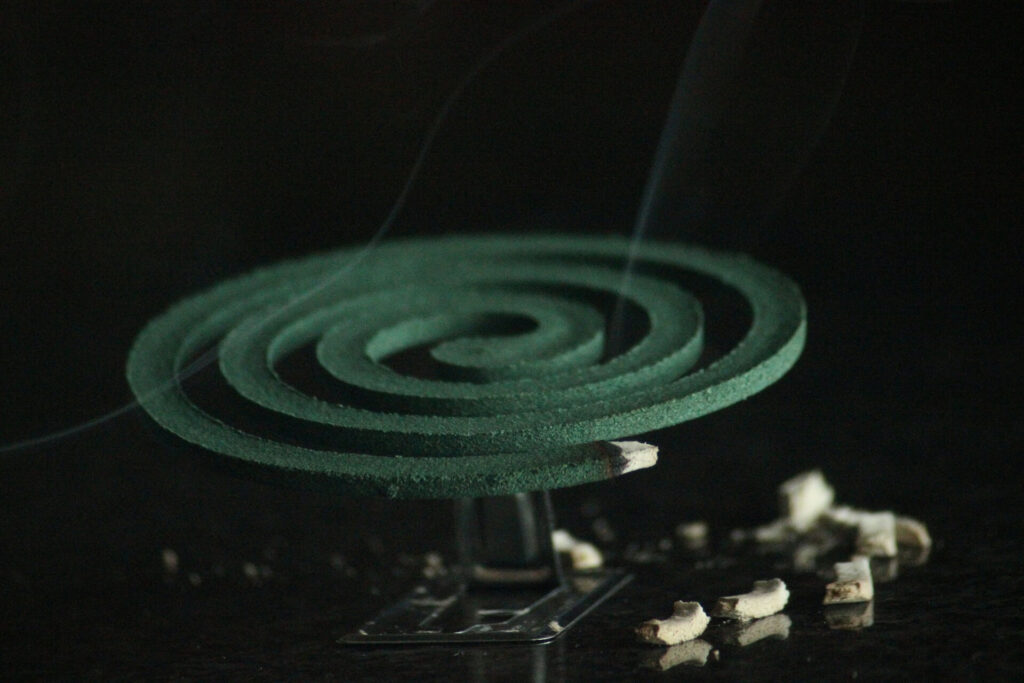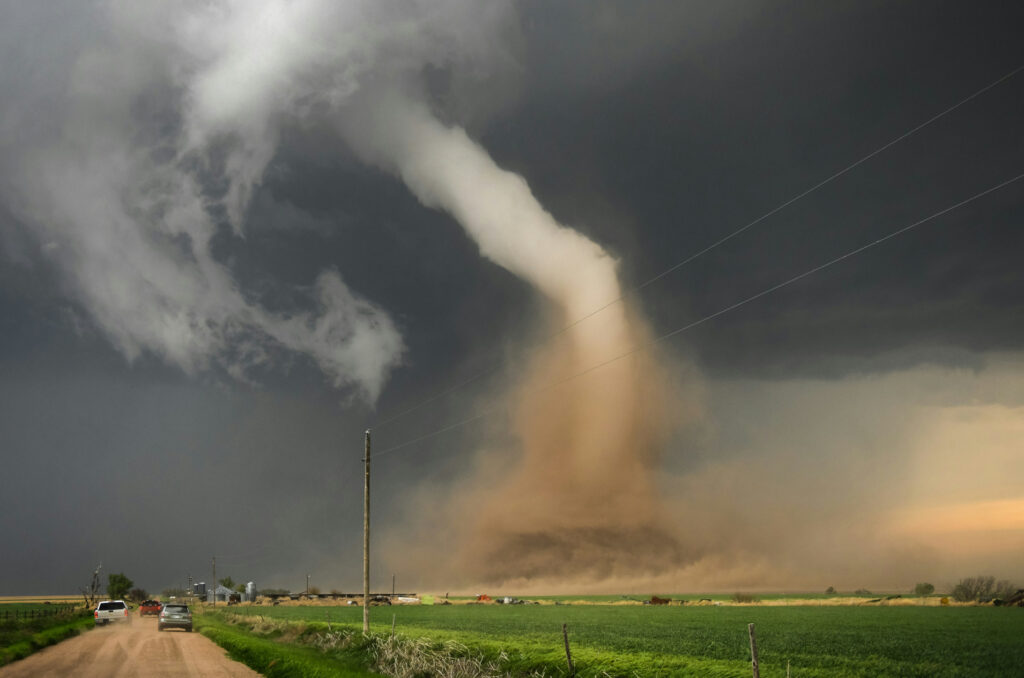
We are reader-supported. When you buy through links on our site, we may earn an affiliate commission.
Maybe last winter you had to call a plumber in because your water flow turned to trickles halfway through December. Or you may have just moved into a new home and noticed that it has less insulation than your previous home. The right knowledge will protect your home from water damage and keep your pipes in good condition. Here’s all you need to know about how to prevent pipes from freezing in winter –and what you can do to thaw them if it happens.
What Causes Frozen Pipes?
It’s important to have a home maintenance routine that includes checking and fixing pipes to keep your home safe all year round. In the winter, this includes being aware of the ways cold air makes your pipes more susceptible to freezing. Here are two of the main reasons why pipes freeze:
Cold weather
When water freezes, it expels heat by contracting and expanding. However, it needs space to expand and pipes are made to stay their original shape and size. When the water freezes, it has no space to go, which causes it to put pressure on the pipes.
Poor Insulation
If you live in a house in a warmer are like the Southeast, you may see more pipe-freezing than people who live in colder areas because your pipes may have little insulation. You may need to insulate areas like attics or crawl spaces with pipes running through them to prevent freezing.
Which Pipe Materials are most likely to Freeze?
This information is good to know to determine your next step in protecting your pipes.
Copper: Copper is the most common material used to make pipes because it’s durable and UV-resistant. Copper pipes cool quickly, which is an advantage in warm weather. However, its strength and rigidity become weaknesses in extremely cold weather. When water freezes and expands, the pipes may burst or split open.
PVC: Polyvinyl Chloride or PVC pipes are favored for their ability to keep water hot. However, this also means they may not do well in cold temperatures.
PEX: Crosslinked polyethylene or PEX pipes expand with water as it freezes. The pipe’s chemical structure allows for greater flexibility and pressure capabilities than other materials. It also has less chance of leaking and requires minimal maintenance. Although PEX pipes are a big investment, you can recover the cost over time.
The bottom line: Each type of material has its benefits and drawbacks. You’re better off using Copper and PVC pipes outdoors, where pipes may be exposed to heat from the sun, then using PEX pipes indoors, where temperatures tend to be cooler. Whichever material you use, a great plumbing system mainly depends on how a plumber puts the pipes together.
Signs of Frozen Pipes
How do you know when your pipes are frozen?
- Visible bulging: you may also see ice coming out of the pipe or frost on the surface.
- Smelly water: Unpleasant smells coming from the drain is one of the less obvious but most telling signs. If there is a blockage or frozen spot, odors come back up into your faucet instead of filtering out through the pipe.
- Low flow or trickling water: If the water trickles or doesn’t come out at all, your pipes may be frozen
- Funny sounds: Noises from a frozen pipe often sound like banging, whistling or bubbling when you flush the toilet.
- Ceiling or drywall stains: dampness, water rings or puddles can be a sign of a burst pipe
How to Winterize Your Pipes

The key to preventing pipes from freezing in winter is heat and insulation. Keeping pipes and surrounding areas warm can prevent freezing, cracks and damage. Add these items to your home winterizing checklist for a safe, accident free winter.
Insulate the pipes
Where you have pipes in crawl spaces, you can insulate your pipes with heat tape, foam pipe covers or heat cables.
One of the best methods to use is electric heating cables. They produce enough heat to prevent pipes from freezing without heating the water inside. When you install them, you install them with an integrated thermostat, which switches on automatically as needed. Cover the cable and pipes in pipe sleeves to help the system retain heat to get the best result.
Install Pipe Sleeves and Seal Cracks and Leaks
Before temperatures drop check your house for cracks and holes in windows and doors. You must seal these with caulk to prevent cold air from getting into wall cavities. You should also Insulate partition walls, plumbing stacks, vents and chases.
Shut off Outdoor Pipes
Disconnect your garden house and close off water from the pipes and valves that lead to outdoor faucets. Close and drain outdoor faucets. You can also put faucet covers to keep them intact during winter.

How to Protect Your Pipes In Winter
Here are other preventative ways to prevent your pipes from freezing in winter.
Turn Up the Thermostat
Keep your thermostat above 55℉, especially on colder days. Constant and consistent heat will protect the pipes from freezing, which prevents cracks and bursts in the long run. Open cupboard doors and cabinet doors in areas like the kitchen and bathroom to allow the warm air to circulate and reach the pipes.
Reroute Pipes
If your home tends to experience extremely cold temperatures, this might be a useful solution. It’s a permanent fix that needs some investment. You will need to replace all outdoor faucets with frost-resistant options and reroute pipes away from colder spaces in your home.
How to Thaw Frozen Pipes
Slow, gradual heat is the safest way to thaw frozen pipes. Some of the methods you can try are:
- Aim a hairdryer on high heat at the pipe. Move in sections and keep blowing until the ice melts.
- Dip towels in warm water. Wring the towels and wrap them around the pipe. Change each towel when it loses heat and repeat until the pipes thaw.
- Use a space heater to warm up sections of the pipe.
When Should You Call a Professional?
Although you can thaw pipes safely by yourself, some situations require professional solutions. Here are some scenarios that warrant a call to your local plumber:
- When you notice ice seeping through a pipe.
- Cracks or burst pipes.
- Flooded areas that require you to pass through them to shut the water off.
- Flooded areas with electrical cables nearby.
- If you need help to reach pipes to thaw them or are unsure where the exact frozen area is.
Prevent Your Pipes From Freezing This Winter
Whether you’re a seasoned pipe-winterizer or looking for ways to prevent winter mishaps, these tips will help protect your pipes from freezing this winter.







